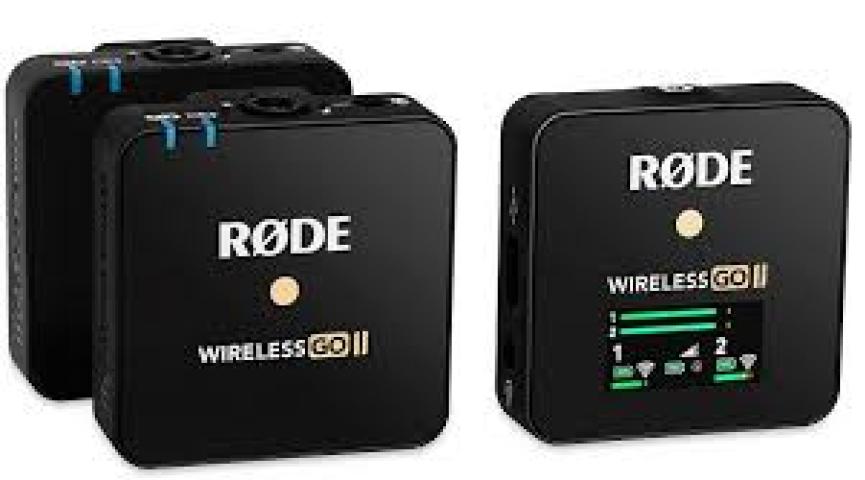In today's hyper-connected world, wireless networks are indispensable. However, they also expose organizations to various security threats. As the demand for reliable and secure wireless solutions grows, so does the need for advanced security strategies. This is where CCIE Wireless training comes into play, equipping professionals with the skills to tackle real-world wireless security challenges effectively. In this article, we will explore the top ten wireless security challenges and how CCIE Wireless experts overcome them.
1. Unauthorized Access
One of the most significant threats to wireless networks is unauthorized access. Attackers can exploit weak authentication protocols to gain entry. CCIE Wireless experts recommend implementing robust security measures such as WPA3 encryption, which enhances protection against unauthorized access and provides a secure method for connecting devices.
2. Data Interception
Data interception is another pressing concern. Hackers can eavesdrop on wireless transmissions, capturing sensitive information. To combat this, CCIE Wireless professionals advocate the use of Virtual Private Networks (VPNs) to encrypt data in transit. By doing so, even if data is intercepted, it remains unreadable without the encryption key.
3. Denial of Service (DoS) Attacks
DoS attacks can cripple wireless networks by overwhelming them with traffic, rendering them unusable. CCIE Wireless experts emphasize the importance of implementing traffic analysis and monitoring tools to detect and mitigate these attacks before they cause significant disruption.
4. Man-in-the-Middle (MitM) Attacks
In MitM attacks, cybercriminals position themselves between the user and the network to intercept and manipulate communications. To counter this threat, CCIE Wireless professionals recommend strong encryption and mutual authentication methods, ensuring that both the client and the network can verify each other’s identities.
5. Weak Passwords
Weak or default passwords are common vulnerabilities in wireless networks. Attackers can easily exploit these to gain unauthorized access. CCIE Wireless training emphasizes the need for strong password policies and the use of multi-factor authentication (MFA) to enhance security.
6. Rogue Access Points
Rogue access points are unauthorized devices that can be set up to intercept data or launch attacks on users connecting to them. To mitigate this risk, CCIE Wireless experts suggest conducting regular network audits and employing wireless intrusion prevention systems (WIPS) to detect and neutralize rogue devices.
7. Insider Threats
Insider threats can arise from employees or contractors who misuse their access privileges. CCIE Wireless professionals recommend implementing strict access controls and monitoring user behavior to detect unusual activities that may indicate malicious intent.
8. Outdated Firmware and Software
Outdated firmware and software can leave wireless networks vulnerable to exploits. Regular updates and patches are crucial for maintaining security. CCIE Wireless training emphasizes the importance of creating a routine maintenance schedule to ensure all network devices are up to date.
9. Inadequate Network Segmentation
Inadequate network segmentation can lead to widespread vulnerabilities. If an attacker gains access to one part of the network, they may move laterally to compromise other segments. CCIE Wireless experts advocate for proper segmentation, isolating sensitive data and systems to minimize risk.
10. Lack of Security Awareness Training
Employees often unknowingly contribute to security breaches. Lack of awareness about wireless security best practices can lead to vulnerabilities. CCIE Wireless training includes educating staff about the latest threats and how to avoid them, fostering a culture of security within the organization.
Conclusion
Wireless security challenges are complex and ever-evolving, but with the right strategies, they can be effectively managed. By investing in CCIE Wireless, organizations can equip their teams with the knowledge and skills necessary to address these challenges head-on. This not only protects sensitive data but also enhances the overall security posture of the organization, ensuring a safe and reliable wireless experience for all users.



